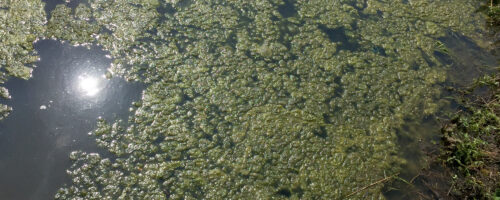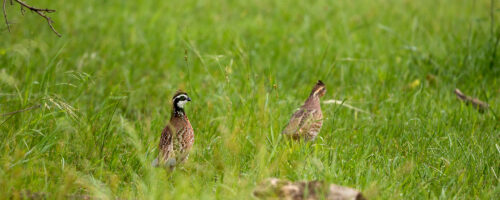Proper livestock stocking rate supports operation, wildlife
Overgrazing can cause poor forage and livestock production, wildlife habitat loss, soil erosion and other problems.
Proper stocking rate is the most important management decision a manager can make, regardless of goals. Stocking rate is defined as the number of animals on a specific area for a specific period of time. Livestock stocking rate impacts not only a livestock operation and operation economics, but impacts wildlife habitat as well.
Overstocked pastures lead to overgrazing, which is consistently the number one problem we see in many operations. Overgrazing is a significant cause of poor forage and livestock production, wildlife habitat loss, soil erosion, weed problems, and lower profitability on millions of acres across the country. A correctly stocked property can provide flexibility in operational management, which could be used to provide or improve wildlife habitat, implement prescribed fire, adapt to drought or other adverse weather conditions, or temporarily increase livestock numbers in years of better than average growing conditions.
Proper stocking rate varies throughout time due to changes in precipitation patterns, plant communities and other issues. However, a manager needs to determine a stocking rate then evaluate and adjust it through time.
Step 1: Determine how many grazeable acres are in a pasture.
Grazeable acres can be determined by staff members of county, state, federal and nongovernmental organizations, or by using smartphone apps or websites such as daftlogic.com/projects-google-maps-area-calculator-tool.htm. For example, if a pasture is 100 acres and 20 acres are wooded and water, the grazeable area is 80 acres.
Step 2: Estimate how much forage a pasture typically produces on the grazeable acres.
The easiest way to start the process is reviewing forage production estimates on the soils. The Web Soil Survey provides estimates (in pounds per acre) for native rangeland and introduced pastures for average rainfall and drought years. Estimates can be checked by using exclosures and collecting samples in the field by clipping or using a grazing stick or by using records from past haying or grazing experiences.
Step 3: Do a few simple math equations.
Let’s assume the pasture has 80 grazeable acres and produces about 3,000 pounds of native grass forage per acre during an average rainfall year; 25 percent of standing forage will be used (accounts for at least 25 percent trampling and fouling and at least 50 percent left to provide adequate leaf and root mass to produce more forage, maintain plant health, protect the soil and provide wildlife habitat); and grazing livestock will be 1,000-pound cows with a calf (1 animal unit).
- How much forage is produced per year in this pasture?
80 acres x 3,000 pounds per acres = 240,000 pounds per year - How much forage can be used?
240,000 pounds per year x 25 percent = 60,000 pounds per year - How many pounds of forage does an animal unit need per year?
780 pounds of forage consumed per animal unit per month x 12 months = 9,360 pounds of forage needed per year (larger cows require more forage) - How many 1,000-pound cows can graze on this 80 acres for one year?
60,000 pounds of forage produced per year ÷ 9,360 pounds of forage needed per year = 6.4 animal units per year (AUY) - How many acres are needed to provide enough forage for one AUY?
80 acres ÷ 6.4 AUY = 12.5 acres per cow for one year
This example is specific to this pasture, but the same principles can be applied to any property. Realistically, a manager probably should stock a somewhat lower number of livestock than this calculation to provide some additional flexibility against drought years.



Comment